Located just south of the Soaring Eagle Casino and Resort in Mt. Pleasant, Michigan, the Ziibiwing Center invites locals and travelers to dive into the culture, heritage, and history of the Anishinabe people. The center was created by the The Saginaw Chippewa Indian Tribe to educate others on the native cultures that came before them. On our recent trip to Michigan, we took a tour through Ziibiwing with our expert guide Raymond Cadotte. One of our biggest take-aways was the amount of U.S. atrocities against Native Americans — many of which are left out of our history books.

Anishinabe translates to phrases like “original people” or “true people,” signifying their belief that their creator placed them on Earth at the beginning of time. Michigan itself is even an Anishinabe word meaning “Big water.” Hundreds of years ago, the Anishinabe people migrated from the East Coast to the Great Lakes region. Their people flourished by hunting, fishing, farming, and trading widely. They were the first people to mine and form copper in North America. Astrology was a large part of their culture, including their own calendar system that had thirteen months in a year.
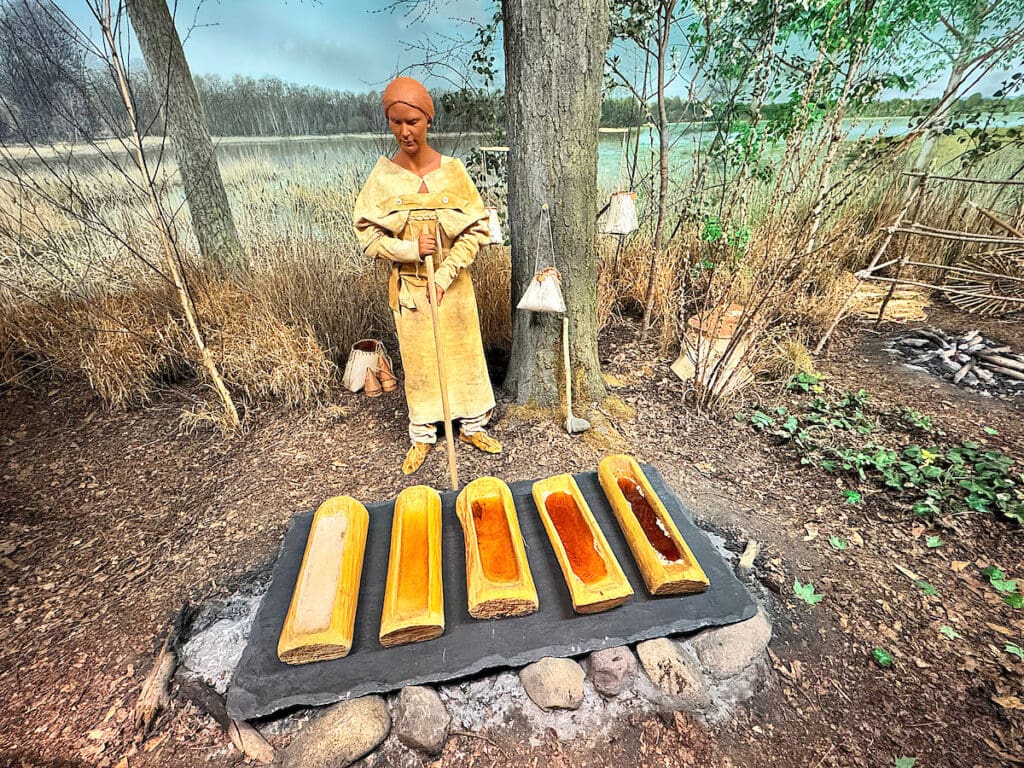
The Anishinabe people were very handy in creating tools to get the job done. They were expert canoe makers and even used turtle shells to make different instruments. Tasks were gendered, with men handling everything to do with fire and the women handling all things water. At Ziibiwing, the creation story of the Anishinabe is told in the theatre beginning all the way back to the Great Flood. The Anishinabe also believed that the soil they walked on was the back of a turtle that bears the weight of the world.

As you go through Ziibiwing, you learn about more recent US history and relations between Natives and Colonizers. In the 18th century, the museum displays note that colonizers were greedy for land and deliberately infected Natives with small-pox infected blankets to reduce their numbers. A third to one half of Natives died from these infections. By 1855, a treaty was put in place between the US and Natives. The treaty sectioned off reservations for Natives to live on and gave much of their land to the US government. Payments were promised to Natives, but were never given.
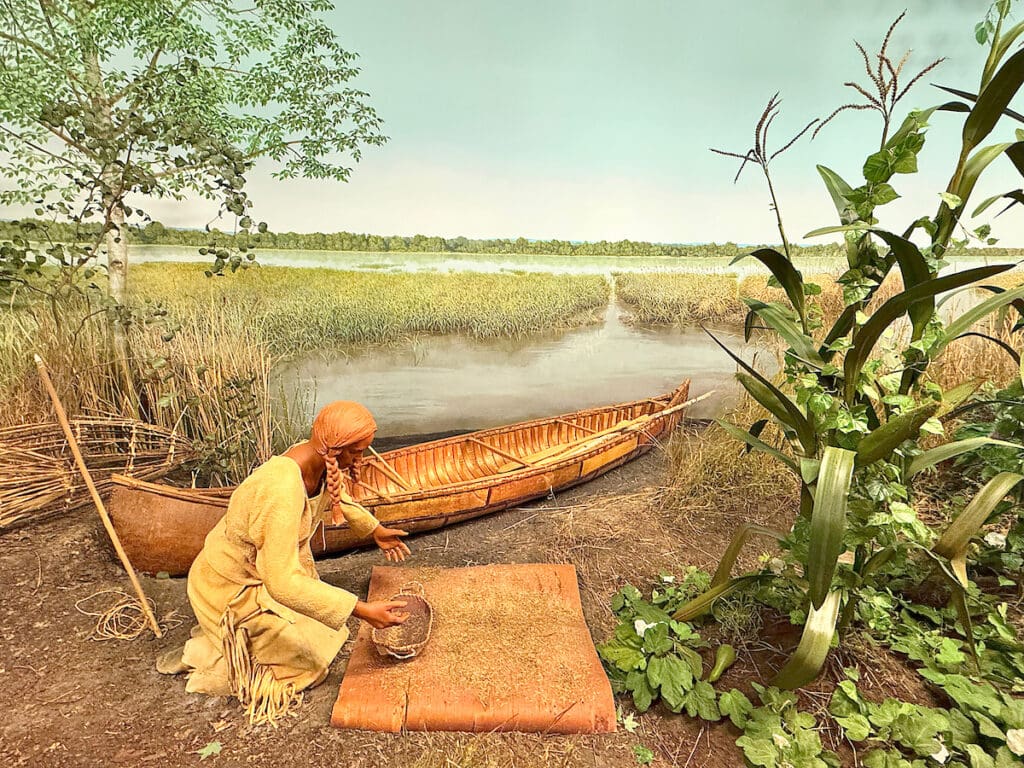

In 1881 the first Indian boarding schools were created with the goal of forcefully assimilating them to American culture. Information on these boarding schools is not widely taught in most U.S. history classes and a visit to the museum is the first time many visitors hear about these atrocities from descendants with first hand accounts.
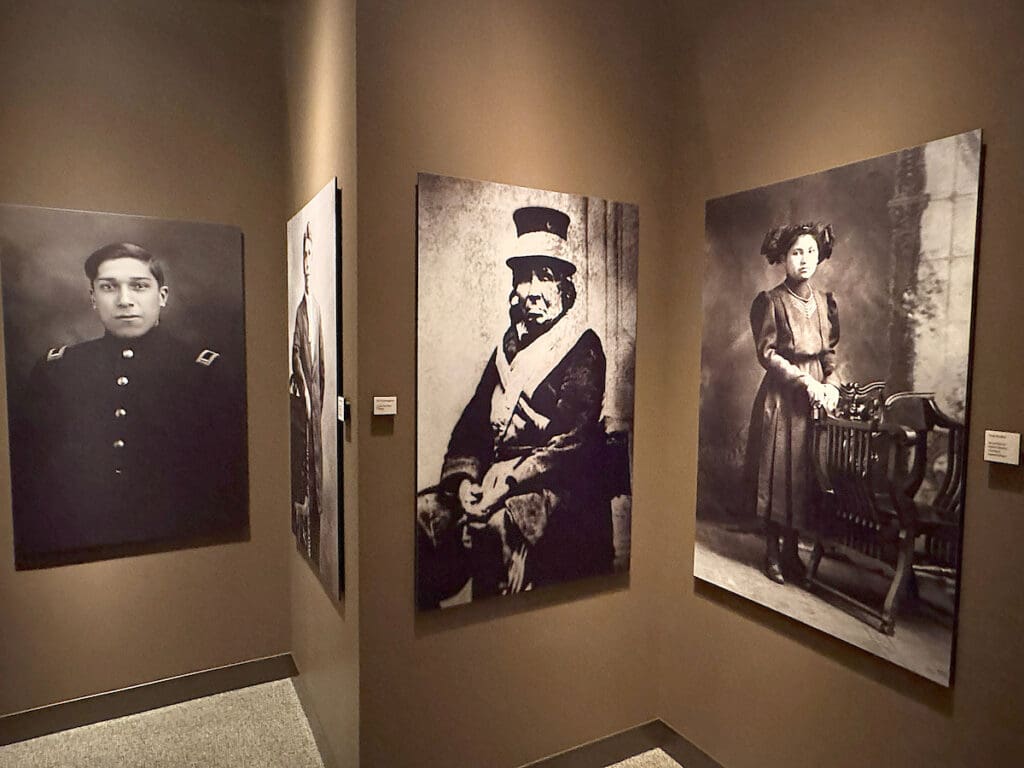
The city of Mt. Pleasant had stripped the community of its native cultural traditions. By the 1920’s and 30’s, many Natives joined the army. In 1924, Natives were granted full US-citizenship under the Indian Citizenship Act. The last Indian boarding school in Michigan closed in 1978 — only 47 years ago. In the same year the Religious Freedom Act was created that allowed previously illegal native culture to be practiced freely. Once more rights were given to Native Americans, initiatives on reservations were made to teach native languages and culture again.
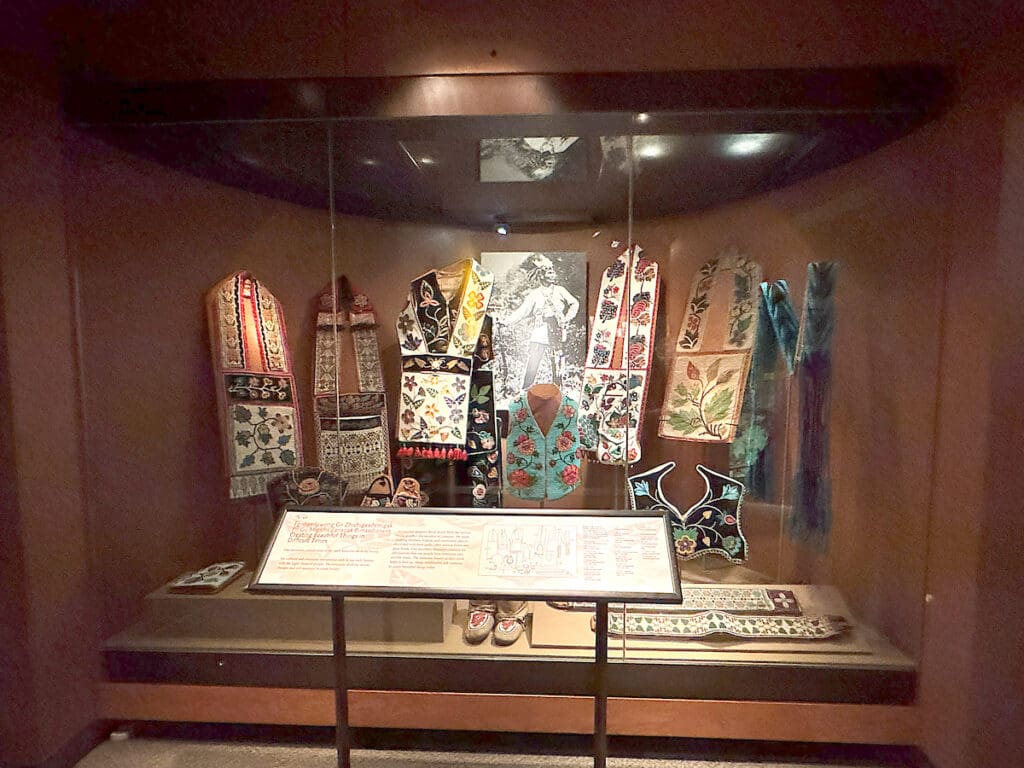
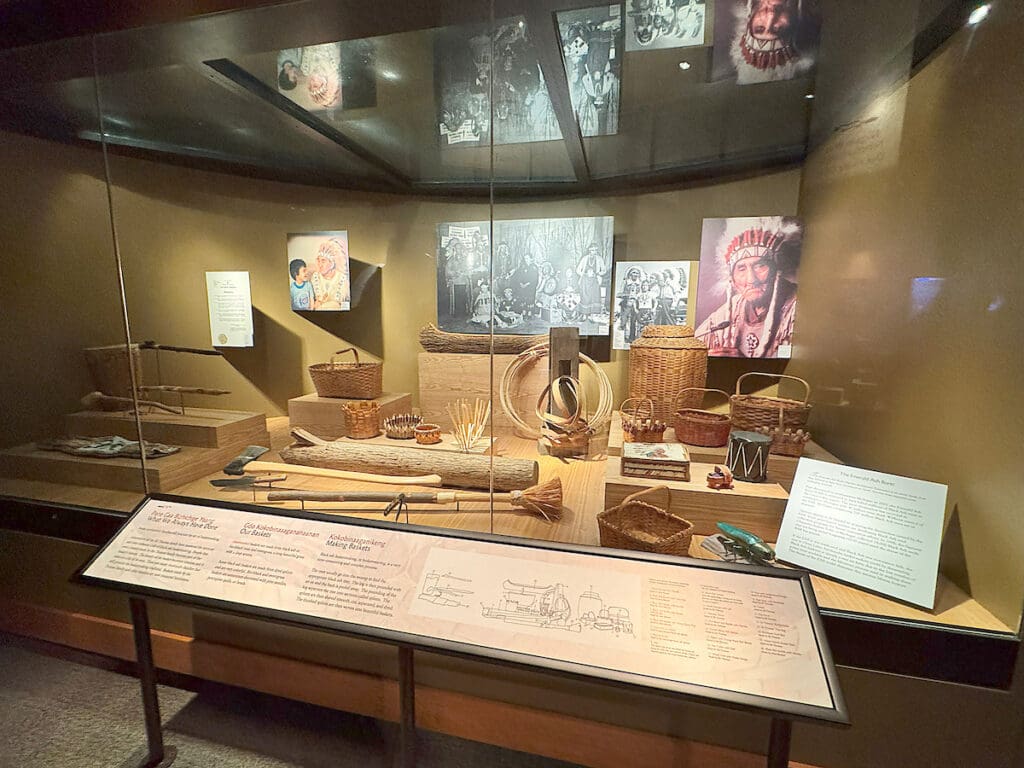
Ziibiwing Center’s permanent exhibit, Diba Jimooyung, in Anishinabemowin means “Telling Our Story.” The language is used all through the 15 exhibit areas honoring the Anishinabe people. The exhibits and gift shop at Ziibiwing Center are open Monday through Friday from 9 a.m. to 4:30 p.m. It is well worth a visit to Mt. Pleasant take a look into the life and culture of the Anishinabe people!

